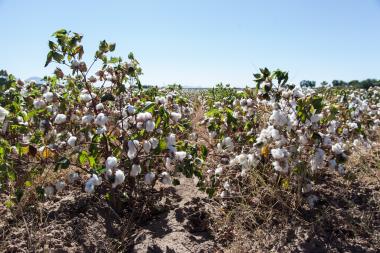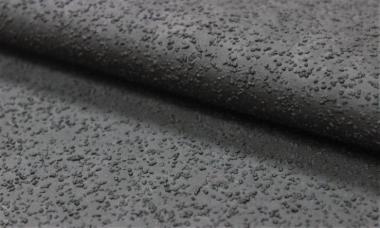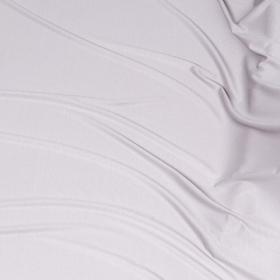Cotonea stellt vier neue Bio-Pima-Baumwollstoffe vor
Zur Mode- und Textilfachmesse Première Vision (4.-6.7. in Paris) stellt Cotonea erstmals vier neue Bio-Pima-Baumwollstoffe vor. Charakteristisch für die Gewebe Pima Popeline und Pima Feinkörper sowie die beiden Pima Interlock Gestricke (190 g/m² und 250 g/m²) sind seidig-feine und extra lange Fasern mit einer außergewöhnlichen Weichheit bei gleichzeitig hoher Festigkeit und Glanz.
Die Cotonea Bio-Pima-Baumwollstoffe sind dabei nicht nur atmungsaktiv, weich und formstabil, sondern dank des biologischen Anbaus besonders haut- bzw. allergikerfreundlich.
Herkunft und Anbau
Die Pima-Baumwolle mit ihren Extralangstapelfasern ist ursprünglich in Peru beheimatet; heute wird sie vor allem in den USA und auch in Israel und Peru angebaut. Sie gehört zu den seltensten Baumwollsorten. Von den jährlich weltweit produzierten 25 Millionen Tonnen Baumwolle hatte Langstapel- und Extralangstapel-Baumwolle in den letzten zehn Jahren mit zwischen 300.000 und 500.000 Tonnen lediglich einen Anteil von ein bis zwei Prozent an der weltweiten Baumwollproduktion. Mit nur wenigen tausend Tonnen pro Jahr ist biologisch erzeugte Pima-Baumwolle noch deutlich seltener und eine echte Rarität.
Die Pflanze selbst gedeiht besonders in heißen, wüstenähnlichen Regionen mit mindestens 14 Stunden Sonnenschein. Gerade für den ökologischen Anbau ist sie prädestiniert, da sie genügsam mit Wasser umgeht, d. h. ihr reicht eine tief im Boden verlegte Tröpfchen-bewässerung aus. Positiver Nebeneffekt dieser Technik: Es können nur wenige Konkurrenzpflanzen wachsen (die im konventionellen Anbau üblicherweise mit Herbiziden beseitigt werden).
Bio-Pima-Baumwolle für Cotonea
In den USA, dem heute wichtigsten Anbauland für Pima-Baumwolle, gibt es nur rund 80 Bio-Baumwoll-Farmer. Davon ist wiederum nur eine gute Handvoll in der Lage Bio-Pima-Baumwolle anzubauen. Bereits seit 1997 arbeitet Cotonea mit Ramón „Dosi“ Álvarez aus New Mexico, einem Pionier des Bio-Baumwollanbaus in den USA, zusammen. Seit 2016 baut Dosi Álvarez Bio-Pima-Baumwolle für Cotonea an, für die Cotonea mittlerweile auch weitere Anbaupartner hat. Wie bei allen Vertragspartnern sind Cotonea auch bei dieser Zusammenarbeit wertschätzende und faire Geschäftspraktiken wichtig. Dazu gehört zum Beispiel, dass die Landwirte die Anbaufläche vertraglich festlegen können. Cotonea nimmt dann die Baumwolle ab, die auf dieser Fläche gewachsen ist. Das gibt ihnen Planungsmöglichkeit und wirtschaftliche Sicherheit. Für Cotonea wiederum bedeutet dies verlässliche Lieferanten auch für die exklusive Pima-Baumwolle.
COTONEA













